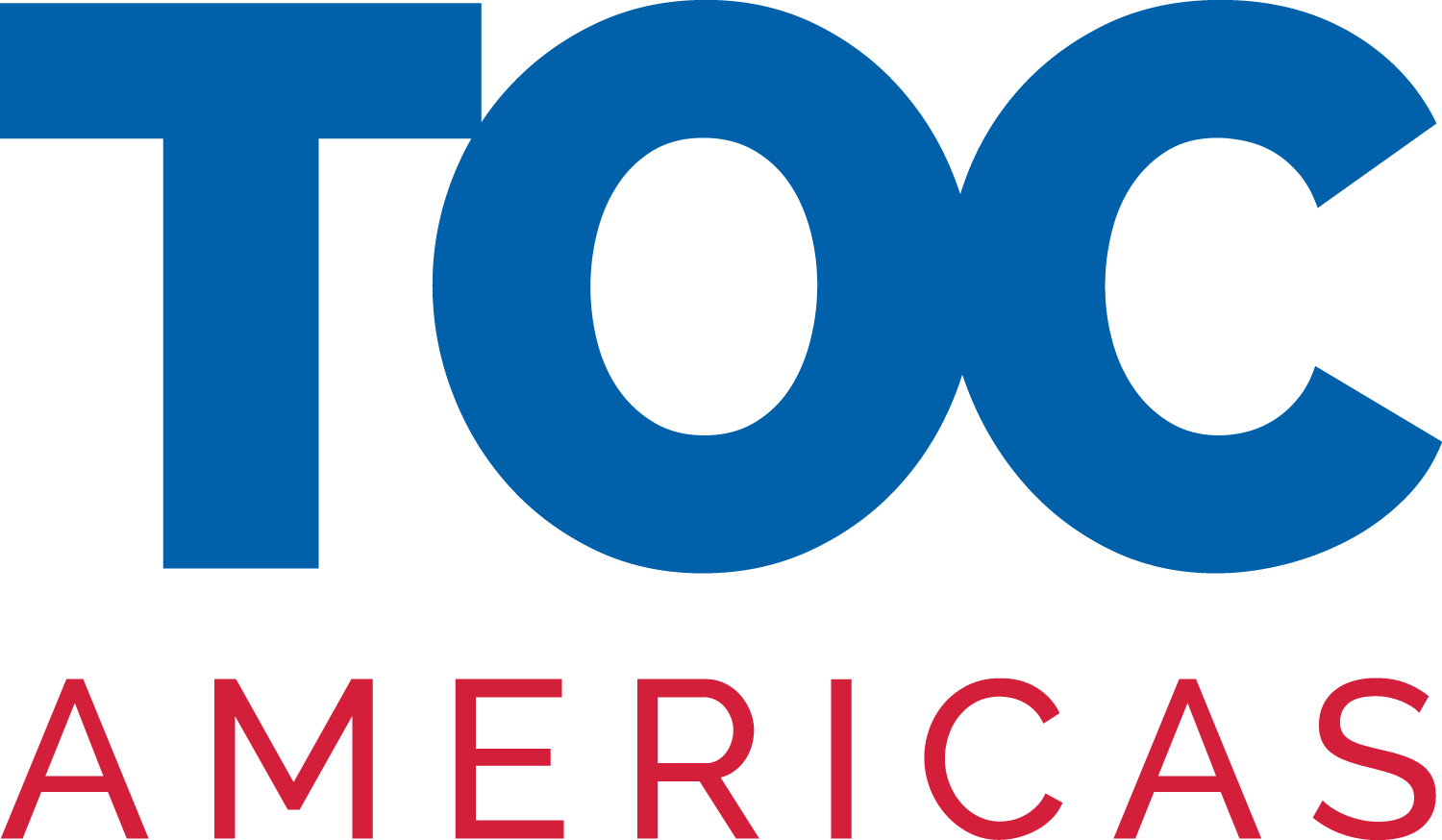By Mateo Wiegold, Content Producer, TOC Worldwide
Since the outbreak of the pandemic in early 2020, we have witnessed unprecedented disruption across the supply chain.
Whether caused by factories being paralyzed due to lockdowns, the quarantine of seafarers arriving on shore, or the exponential growth of E-commerce, the pandemic has certainly put strong pressure on the maritime & logistics sector worldwide.
Although the industry hoped that the container flow would normalize in 2022 thanks to vaccine rollouts, countries reopening their borders and resuming economic activities, sporadic outbreaks of Covid-19, whether in China or the Americas, continue to cause disruption across supply chains worldwide.
Considering the role of the Asian giant as the world’s leading manufacturer, this potential stagnation of its factories proves hazardous to an already stressed logistics sector. This situation is even more aggravated when considering the rapid growth of E-commerce – in the US only, E-commerce grew 14.2% in 2021, with a significant switch to the purchase of goods and a decrease in the purchase of services (travel, leisure, entertainment, etc.).
Even in a post-covid world, can we imagine going back to pre-E-commerce consumption patterns? Further south, Latin America is not a stranger to this trend either: In fact, in 2020, it became the world’s fastest-growing region for e-commerce, with Mercado Libre, Amazon and Mercado Livre as the three big players.
While the pandemic certainly played a significant role in this trend, the high level of internet penetration in the region, particularly compared to other developing markets, is accountable for the spread of this consumption behaviour. As local economies recover from the stagnation brought upon by Covid-19, we can only assume that this trend will continue growing.
The fast-tracked increase of online purchasing requires a faster pace of container deployment, however, as congestion in ports remains high, how can the supply chain meet the expected delivery times? With more and more demand for containers, and with less availability, experts are now addressing a ‘container crisis’, understood as a combination of the scarcity of transport space available to ship products.
This in turn causes exorbitant increases in maritime transport costs, which entails significant effects on merchants and ultimately, consumers. According to the World Container Index (WCI), which tracks freight container shipping costs, as of October 14th, 2021, such cost reached $9,900.25 per 40-foot container, which is 283% higher than a year ago (in 2020).
If freight tariffs continue growing at this exponential rate, causing inflation to go out of control, not only might the industry see its future compromised but there could be severe problems at a macroeconomic level. On that note, Takeshi Hashimoto, Managing Director at Japanese shipping line MOL, said in an interview to the Financial Times that governments should intervene to prevent this situation from escalating.
Whether or not state intervention is required, there is no doubt that the sector needs to adapt to this new volatility in the market. As an example, industry leader and logistics integrator, Maersk, has developed a new Supply Chain Resilience Model (SCRM), which aims to help customers reduce supply chain risks and mitigate disruptive impacts through pre-planned procedures and structures, working before, during and after disruption.
The idea behind this –and any other similar alternatives– is to help supply chain players to identify potential threats in the hope of enhancing resilience. Meanwhile, logistics providers are looking at diversifying the scope of services they offer to their customers to make themselves less vulnerable to unforeseen congestion episodes in ports.
Additionally, sweeper vessels dedicated to transporting empty containers from Europe and the US back to Asia is another strategy that attempts to mitigate container demand and –hopefully– slow down freight rate inflation. As such strategy takes place, one wonders, how is this affecting the supply chains in Latin America?
The stress brought upon manufacturers and logistics providers by the unpredictability of covid has also highlighted the need for increasing warehouse capacity.
While the Just-In-Time (JIT) model, has optimized vessel arrival times to ports in recent years, it has proven unreliable in times when congestion is unpredictable. As a result, experts are now talking about switching to a ‘Just-In-Case’ (JIC) model, which would need building up inventories and strategic warehouse capacity. There are, however, significant variables to consider if this is a strategy to be pursued, such as infrastructure or operational requirements.
The political scenario is also shaping out to be of paramount importance for maritime trade: Ongoing international conflicts or political instability within the region will certainly affect supply chains. In such a tumultuous panorama, what can we expect? Although we may be seeing the light at the end of the Coronavirus tunnel, is there another afterwards waiting for us?
To learn more about this, please visit the TOC Americas agenda:
